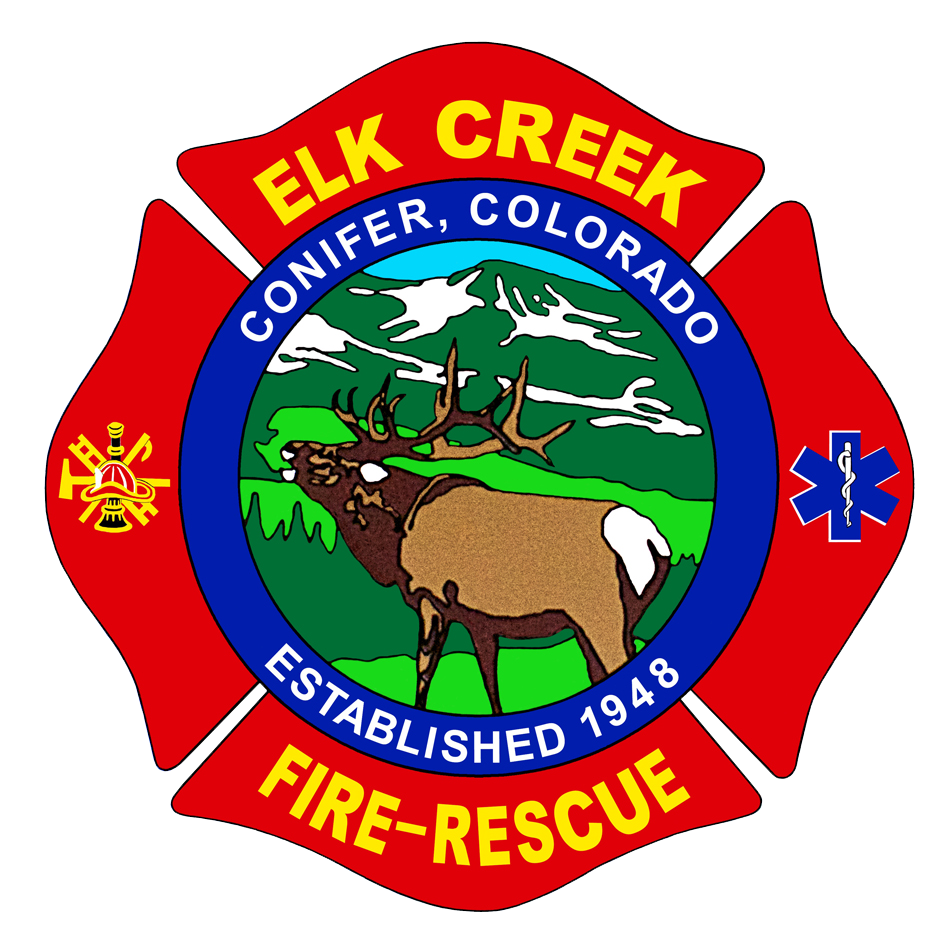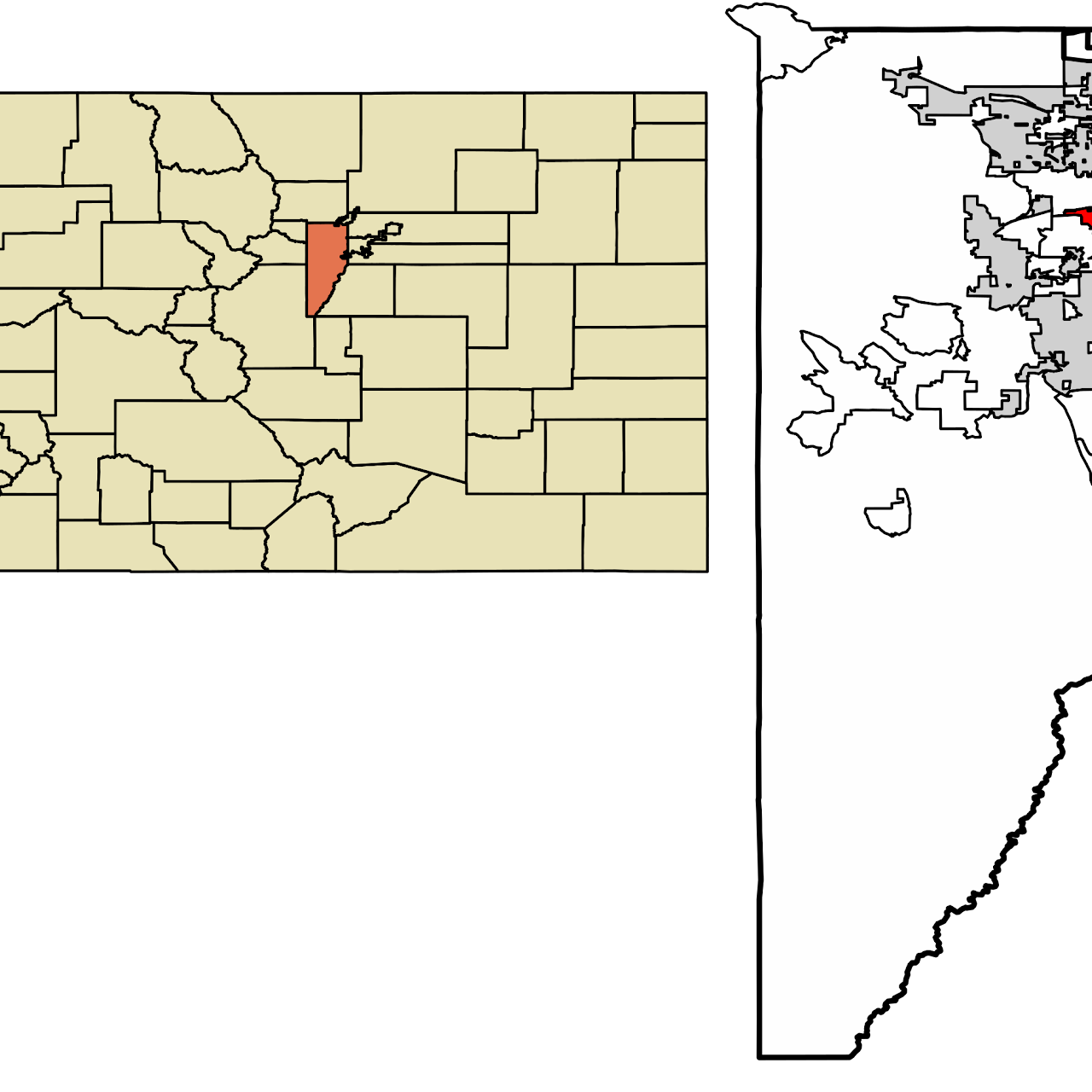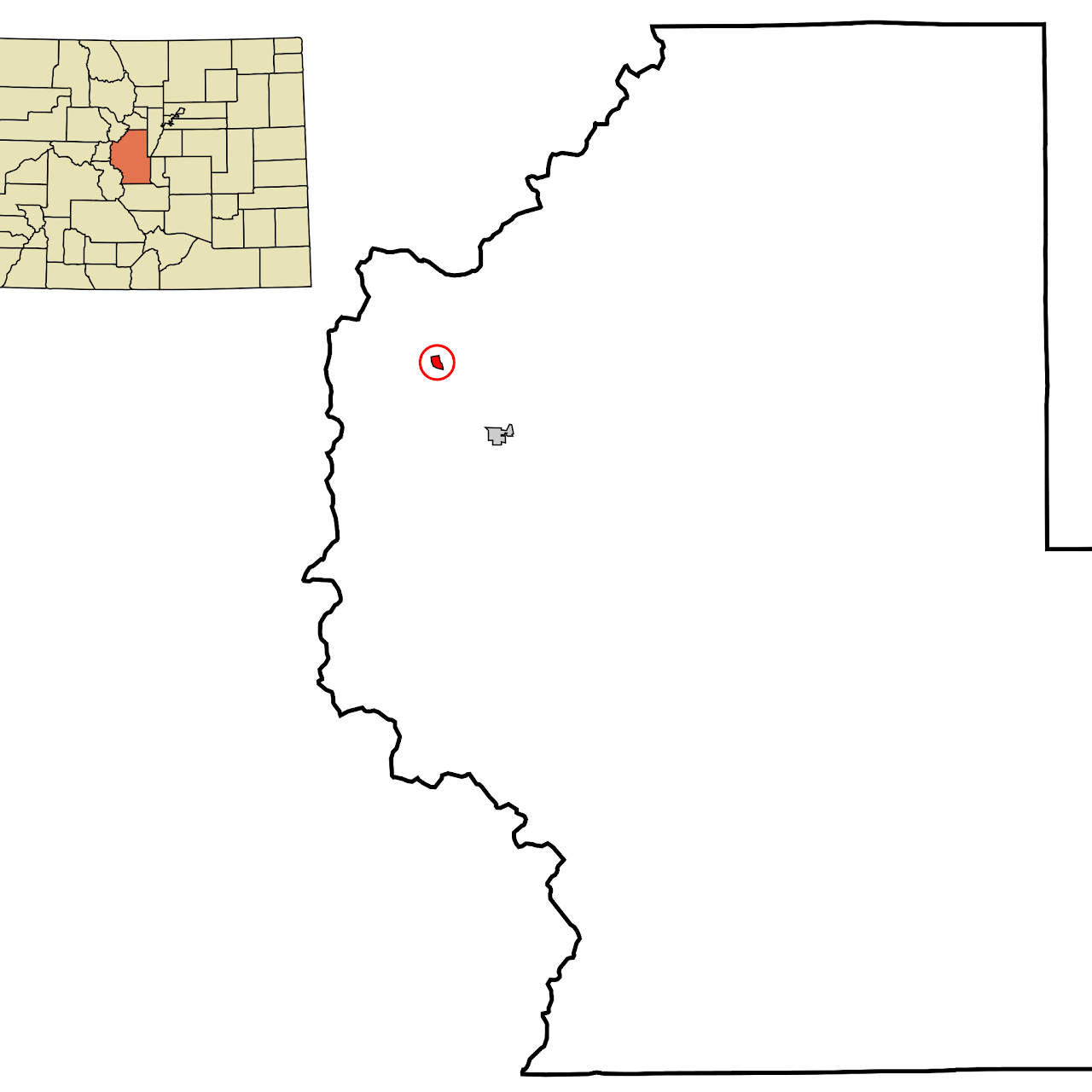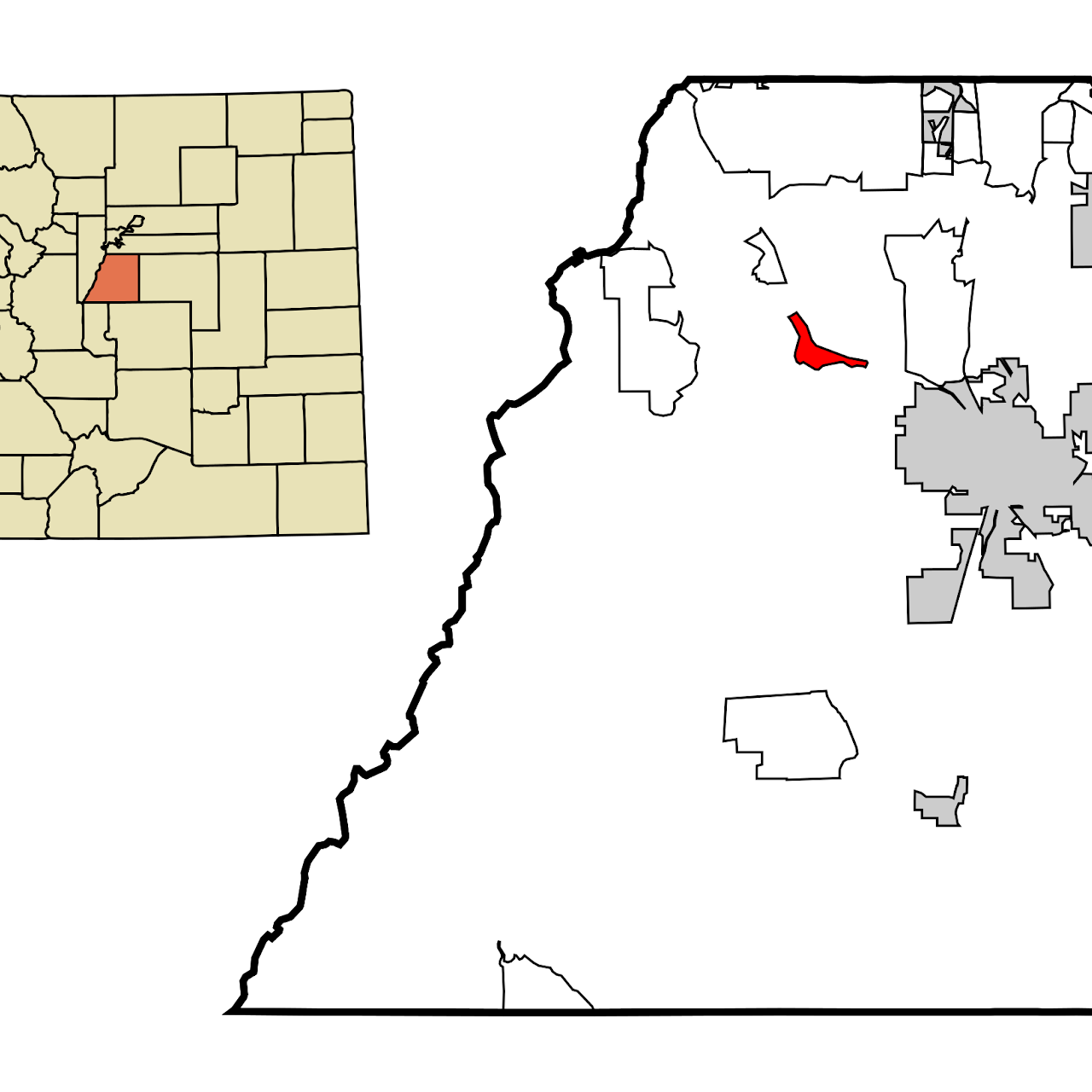Pile Burning
Why Burn Piles?

Well in short, pile burning can be a rather convenient way of removing unwanted slash and excess biomass. While pile burning may be intimidating to some, it can be a safe and non-complex process when done properly. To clarify, there most certainly are right and wrong ways to conducting and completing a pile burn. The point of this page is to familiarize and inform the general public on all aspects of pile burning. Again, this is another tool for removing biomass and completing steps in our mitigation processes.
Planning A Pile Burn
Keys to a successful pile burn start with understanding the risks and applying mitigations to those risks. One of the risks associated with pile burning is smoke exposure and inhalation. You should understand these risk factors and apply appropriate tactics to reduce yours and your neighbors exposure, more info can be found HERE(opens in a new tab). Other risks include damage to structures and vegetation near your planned burn site. Here are some key elements to prepping piles:
- Piles should be built in an open area clear of all structures and overhead hazards (power lines, tree canopies, etc.)
- Build piles that comply with your counties/fire districts size parameters.
- Piles that are neatly and tightly stacked will burn much easier and offer a more complete burn with less smoke impact.
- Piles should sit and cure for at least one full summer season, to be dry enough to sustain ignition. Piles of green/wet material, or adding green cuttings to burning piles will drastically increase the smoke volume and amount being emitted.
- It is optional to place pieces of cardboard or heavy weight paper between layers of piles to shelter points within the piles for easier and faster ignition. The faster you can consume your pile and generate heat, the less smoke impact you will have.
- Do not mix trash or non-organic materials with your burn piles, this can lead to more harmful particles and gases being released.
- Plan to conduct your burn on a day with adequate snow coverage (at least 3"), and/or when it is actively snowing.
Conducting A Pile Burn
Before conducting a pile burn you should be familiar with your county and local fire districts requirements.
Ask yourself the following:
- Am I required to call my counties non-emergency line and/or local fire district to notify them of my planned burn?
- Do I have adequate conditions/snowfall to safely carry out my planned burn?
- Will the winds or other factors effect my smoke travel, will it impact near by roadways or my neighbors?
- Do I have sufficient help, tools, and water/snow to completely extinguish my piles once burning is complete?
After considering the above listed, and answering those questions follow these steps for conducting your burn.
- Notify
-
Ensure you notify all required parties which may include your county and local fire district. It is good practice to also notify your neighbors who could be impacted by smoke, or have a view of the burn and may be alarmed by the sight of flames. You should notify these parties each day that you plan to burn.
- Ignite
-
Start by igniting a small section of one pile and observe the following:
- Is your pile consuming well?
- Do you have containment concerns?
- Is your smoke traveling the way you want it to?
- Are conditions improving or worsening?
If you are not getting the results you want, or having issues with smoke travel, stop ignitions and re-evaluate. You may need to wait for another day.
If you have proper results, continue ignitions only lighting as many piles as you're comfortable monitoring and ensuring containment.
- Observe
-
You have completed a "test fire" and determined that you have satisfactory conditions too successfully complete your burn. Ignite as many piles as you're comfortable with simultaneously monitoring. As piles burn down, go back and re-stack any unburned material back into the burning material. Continue to ask yourself the following:
- Is your pile consuming well?
- Do you have containment concerns?
- Is your smoke traveling the way you want it to?
- Are conditions improving or worsening?
- Extinguish
-
Once you're burn is complete and all of your piles have fully consumed, start the process of extinguishing the ash and coals with water, dirt (must not contain organic material), and/or snow. This will be a continuous process of applying water or snow, smothering with dirt and stirring/mixing. Once you have adequately performed this process, use the back of an un-gloved hand to feel for any heat that may still exist. If no heat is present, you may move on to the next pile and again repeat the process. This step is crucial to the success of your pile burn. You must be sure that you can confidently walk away knowing that the piles will not re-ignite or continue to smolder. It is also good practice to re-check your piles for up to 3 days after you completed your burn, to ensure no re-ignition has taken place.
County Specific Requirements
Please click on your county below to view county specific burn instructions and requirements.



